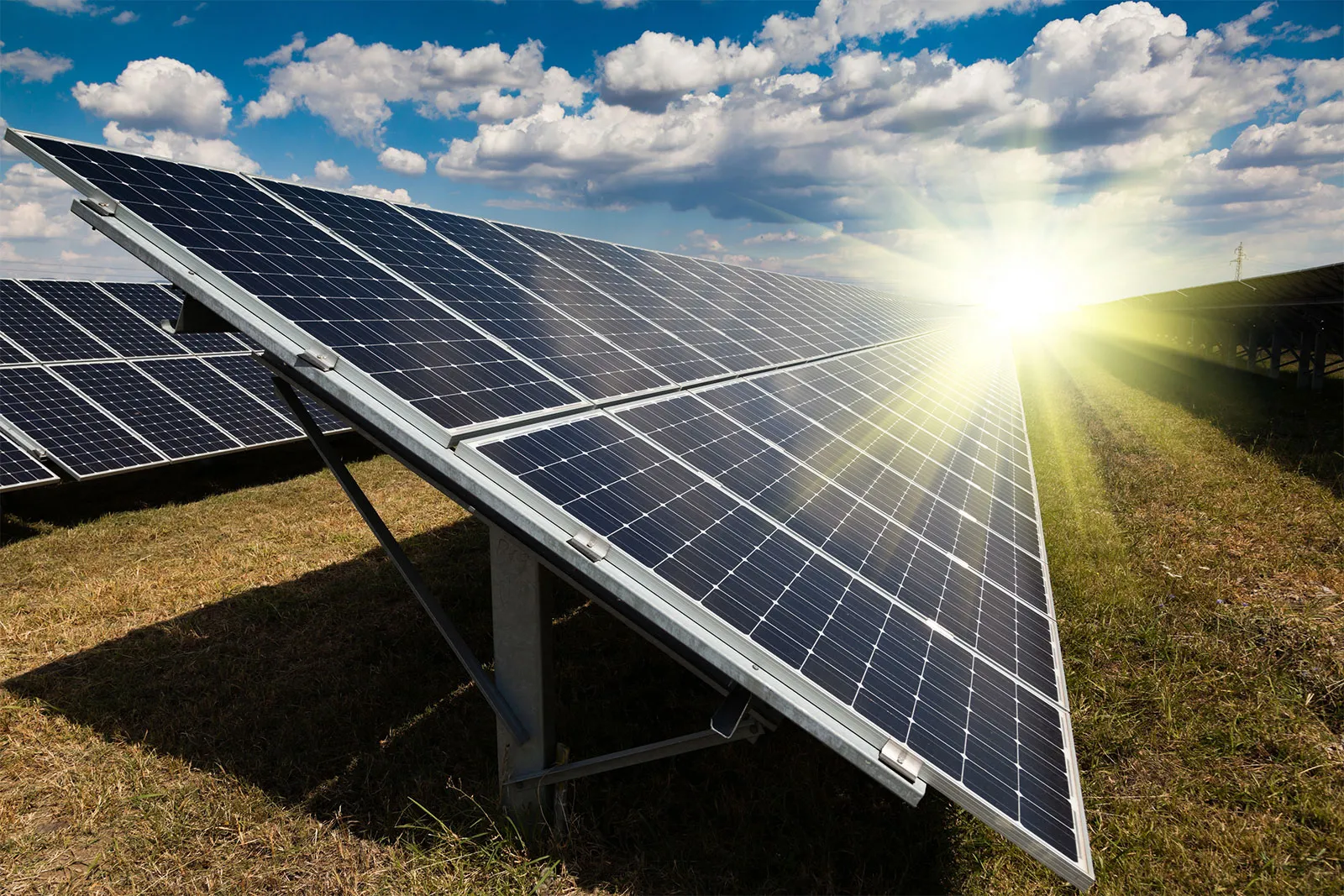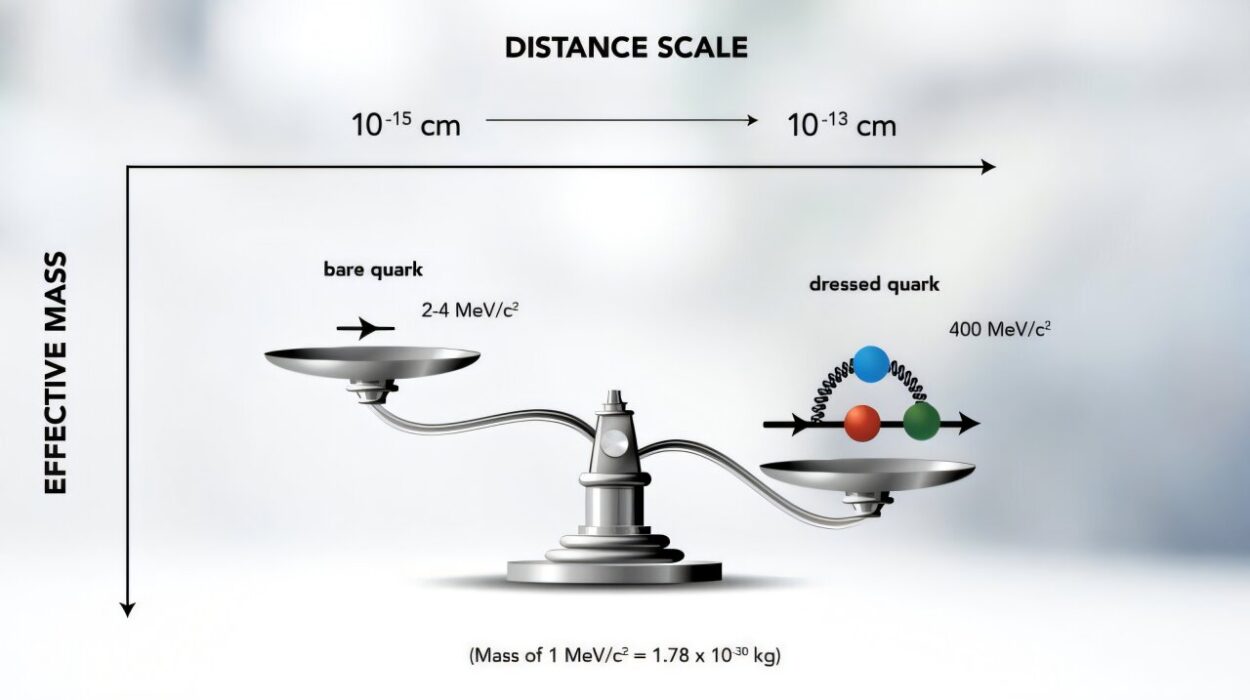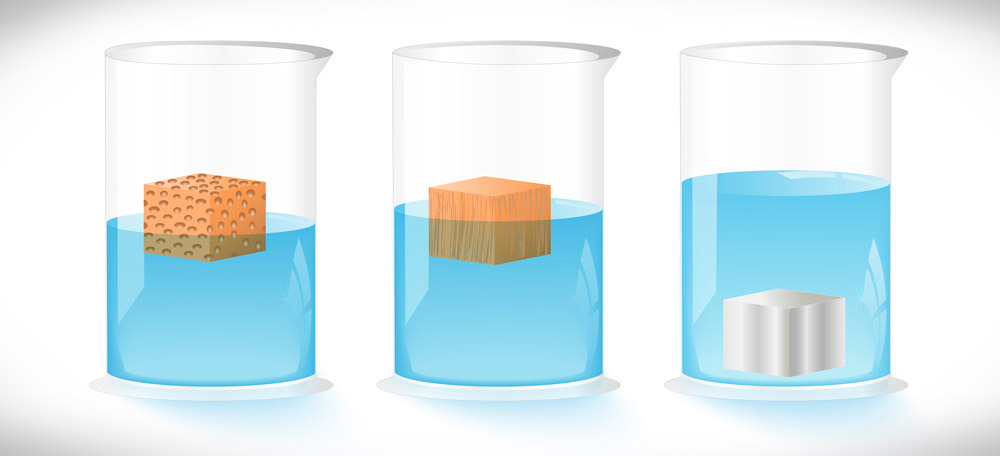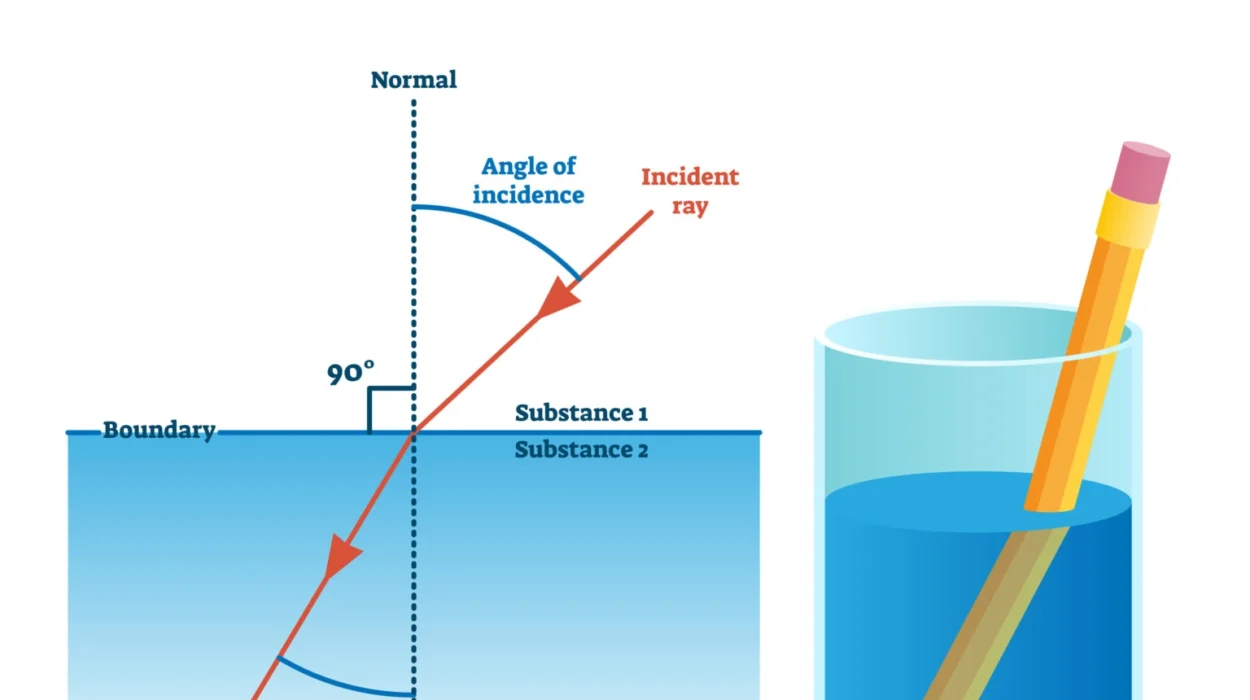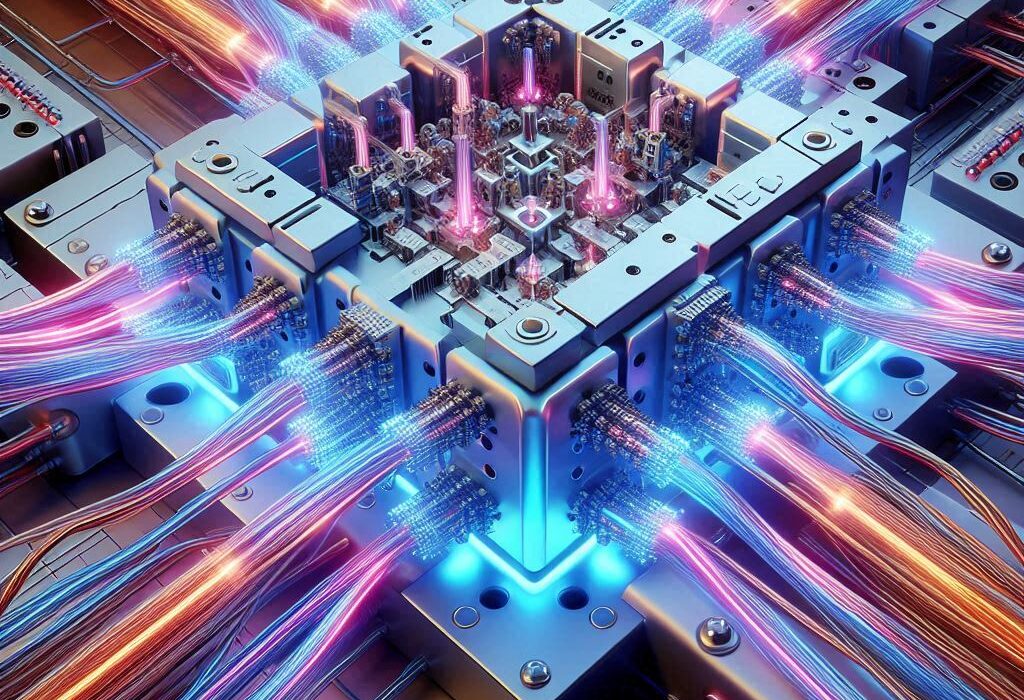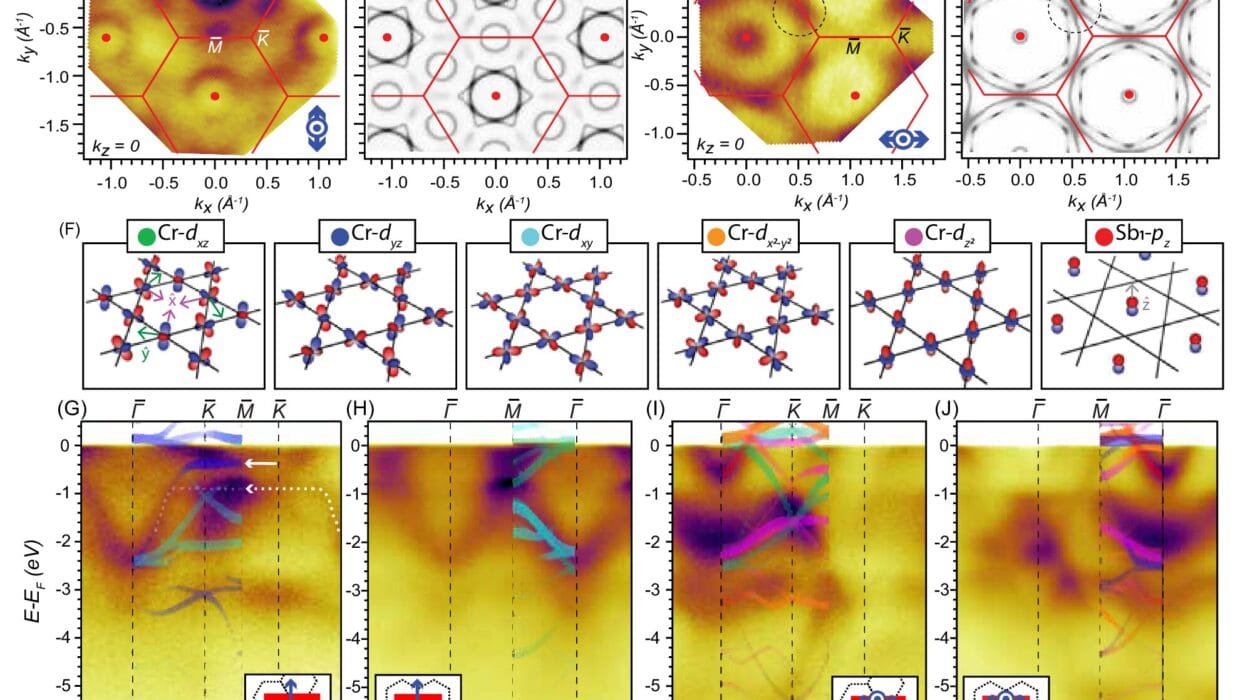Every second, the sun fuses over 600 million tons of hydrogen into helium, releasing a staggering amount of energy. That energy streams through space in the form of electromagnetic radiation—light, in all its visible and invisible wavelengths. Earth receives only a tiny fraction of this radiant power, but it is still vastly more than all of humanity’s energy consumption. Harnessing even a small portion of this abundant, clean, and renewable resource could fundamentally reshape our world.
The physics of how this transformation from sunlight to usable energy occurs is as elegant as it is profound. From the atomic dance inside semiconductors in a solar panel to the massive turbines spinning in the wind, physics sits at the heart of renewable energy. Understanding this story is not just an academic journey—it’s a look into the very science powering the future of human civilization.
Electromagnetic Radiation: The Energy Carrier
The energy emitted by the sun spans the entire electromagnetic spectrum: from long-wavelength radio waves to short-wavelength gamma rays. However, the majority of solar energy reaching Earth’s surface falls in the range of visible light and near-infrared radiation. This is no coincidence; it is a cosmic alignment shaped by the nature of our atmosphere, which filters out much of the more harmful ultraviolet and ionizing radiation.
In physics, electromagnetic radiation is composed of oscillating electric and magnetic fields that propagate through space. Light behaves as both a wave and a particle—a duality that forms the basis for how solar panels work. Each “particle” of light, known as a photon, carries a discrete amount of energy determined by its frequency, and when these photons strike certain materials, they can release electrons—a principle at the core of solar power.
The Photoelectric Effect: Einstein’s Key to the Sun
In 1905, Albert Einstein published a paper explaining the photoelectric effect—a phenomenon where light shined onto a metal surface could eject electrons from it. Classical physics couldn’t explain why light below a certain frequency failed to dislodge electrons regardless of intensity, but Einstein proposed that light must come in packets, or quanta, of energy: photons.
This revelation earned him the Nobel Prize in 1921 and laid the theoretical foundation for solar technology. The photoelectric effect isn’t just a curious phenomenon—it’s the very mechanism that photovoltaic (PV) cells rely on to convert light into electricity.
Semiconductors: The Crucial Middle Ground
To capture the photoelectric effect in a usable way, we need a material that can release electrons when struck by photons but also guide those electrons into a usable electric current. This material is the semiconductor.
Semiconductors like silicon have unique properties. At absolute zero, silicon behaves like an insulator, with its electrons tightly bound. However, at room temperature and above, some electrons can gain enough energy to jump into the conduction band—an energy state where they are free to move through the material. When light strikes a silicon atom with enough energy, it can excite an electron out of its usual orbit, leaving behind a positively charged “hole.” This electron-hole pair is key to generating electric current.
Pure silicon isn’t quite enough for solar energy conversion. To make it work efficiently, we tweak its atomic makeup through a process called doping. By introducing atoms with either extra electrons (n-type) or fewer electrons (p-type), we create a p-n junction—a built-in electric field that drives electrons in one direction and holes in the opposite. When sunlight energizes electrons, this built-in electric field directs them into an external circuit, producing current.
How a Solar Cell Works: Layer by Layer
A typical solar panel is made up of many solar cells, and each of those cells is a thin wafer of doped silicon with several specialized layers. At the top is an anti-reflective coating to reduce the loss of sunlight. Beneath that lies the p-n junction, where the electric field forms. When photons enter, they must penetrate the surface and reach the junction. If they do, and if their energy is high enough, they can knock electrons free, forming current.
The freed electrons flow through the external circuit—lighting a bulb, charging a battery, or feeding into the grid—and then return to the solar cell, completing the loop. This is direct current (DC) electricity. To be used in most homes, this DC is converted to alternating current (AC) using an inverter.
Solar Panel Efficiency: The Physics of Limitations
No solar panel is 100% efficient. Much of the sunlight that strikes a panel is either reflected, not absorbed, or contains photons whose energy is too low to free electrons. Some photons have too much energy, and the excess is wasted as heat. The theoretical maximum efficiency of a single-junction silicon solar cell, known as the Shockley-Queisser limit, is about 33%.
Scientists are exploring ways to improve efficiency: multi-junction solar cells that capture more of the spectrum, quantum dots that can tune absorption properties, and materials like perovskites that may be cheaper and more efficient than silicon. All of these innovations rely on deep insights into solid-state physics, quantum mechanics, and materials science.
The Grid and Beyond: Storing Solar Energy
Generating electricity is only part of the challenge. Because solar power is intermittent—available only when the sun shines—storing that energy is vital. Here too, physics provides the answers.
Batteries work through electrochemical processes, where charged ions move through a medium, storing and releasing energy as needed. Lithium-ion batteries dominate the current market due to their high energy density and reliability. However, alternative technologies are emerging: flow batteries, which store energy in liquid electrolytes; supercapacitors, which charge and discharge rapidly; and even hydrogen fuel cells, which convert electricity into hydrogen gas for long-term storage.
Thermal energy storage is another promising route. Excess solar energy can be used to heat molten salt or other materials, which can then release heat to drive turbines when needed. Pumped hydroelectric storage—a gravitational method where water is moved uphill and later released—also remains one of the most efficient large-scale storage methods.
Wind Energy: The Physics of Moving Air
While solar panels capture photons, wind turbines harness the kinetic energy of moving air. Wind is essentially solar energy in disguise. As the sun heats the Earth unevenly, differences in temperature and pressure drive air currents. These wind patterns carry enormous kinetic energy that can be tapped into with turbines.
A wind turbine uses aerodynamic blades shaped like airplane wings. As wind flows over the curved surface, the pressure difference between the two sides of the blade creates lift, turning the rotor. This rotor is connected to a shaft and gearbox that spins a generator. Inside the generator, magnetic fields and conductive wires interact to produce electricity—a process governed by Faraday’s Law of Induction.
The amount of energy a wind turbine can extract is limited by Betz’s Law, which states that no turbine can capture more than 59.3% of the kinetic energy in the wind. Modern turbines come close to this theoretical maximum, thanks to advanced designs that minimize drag and maximize lift.
Hydroelectric Power: Gravity at Work
Another form of renewable energy rooted in physics is hydroelectric power. It relies on gravity and the mechanical energy of moving water. In a hydroelectric dam, water stored at a height possesses gravitational potential energy. When released, it flows downward, turning turbines that generate electricity.
This transformation—potential energy to kinetic to electrical—is a straightforward application of classical mechanics. Hydroelectricity is among the oldest and most reliable renewable sources, providing consistent baseload power. However, it requires significant environmental modifications and is not always geographically feasible.
Geothermal Energy: The Earth’s Internal Furnace
Beneath Earth’s crust lies a hot, churning interior—a source of geothermal energy. In places where this heat rises close to the surface, we can tap into it to generate power. By drilling wells and bringing steam or hot water to the surface, we can drive turbines similarly to how we use steam from fossil fuels—but without burning anything.
Geothermal plants operate on thermodynamic cycles. Most use the Rankine or Organic Rankine cycle, which exploits the heat to vaporize a working fluid, drive a turbine, and then condense the fluid back to repeat the process. This type of power generation leverages the same physical principles used in coal or gas plants, just with a cleaner heat source.
The Thermodynamics of Renewable Energy
Behind every form of energy generation lies thermodynamics—the physics of heat, work, and energy. The First Law of Thermodynamics tells us that energy cannot be created or destroyed, only transformed. The Second Law introduces entropy and dictates that not all energy can be converted into useful work.
These laws define the limits of efficiency for every renewable system. Whether it’s the heat from the Earth, the movement of wind, or the flow of water, we can only convert a portion of the raw energy into electricity. Understanding and optimizing these conversions is a central challenge for physicists and engineers.
Toward a Quantum Future: New Materials and New Possibilities
As we look to the future of renewable energy, physics continues to push boundaries. Quantum materials like topological insulators and graphene promise new ways to conduct electricity with minimal loss. Solar cells may one day use excitonic processes or even quantum entanglement to boost efficiency.
Artificial photosynthesis—mimicking the way plants use sunlight to split water and create energy-rich molecules—is an emerging field combining physics, chemistry, and biology. If mastered, it could provide a way to store solar energy in chemical bonds, producing clean fuels from sunlight, water, and air.
Nanotechnology also plays a role, offering ways to control light and heat at microscopic scales. Nanostructured surfaces can trap light more effectively in solar panels or design materials that radiate excess heat away from buildings, reducing the need for artificial cooling.
The Role of Physics in Sustainability
Renewable energy isn’t just about technology—it’s about a fundamental shift in how humanity relates to energy. Physics enables us to understand the universe, and now it enables us to live more harmoniously within it. By uncovering the mechanisms that govern light, heat, motion, and magnetism, physics has opened doors to a future where our energy systems are clean, sustainable, and equitable.
Yet the path is not without challenges. Scaling these technologies, integrating them into existing grids, and overcoming intermittency requires continued innovation. Interdisciplinary collaboration between physicists, engineers, policymakers, and environmental scientists will be essential.
But the direction is clear: physics lights the way—literally and figuratively. From the quanta that energize electrons to the massive infrastructure that powers our cities, the transformation of sunlight into civilization’s lifeblood is one of the greatest stories of human ingenuity.
